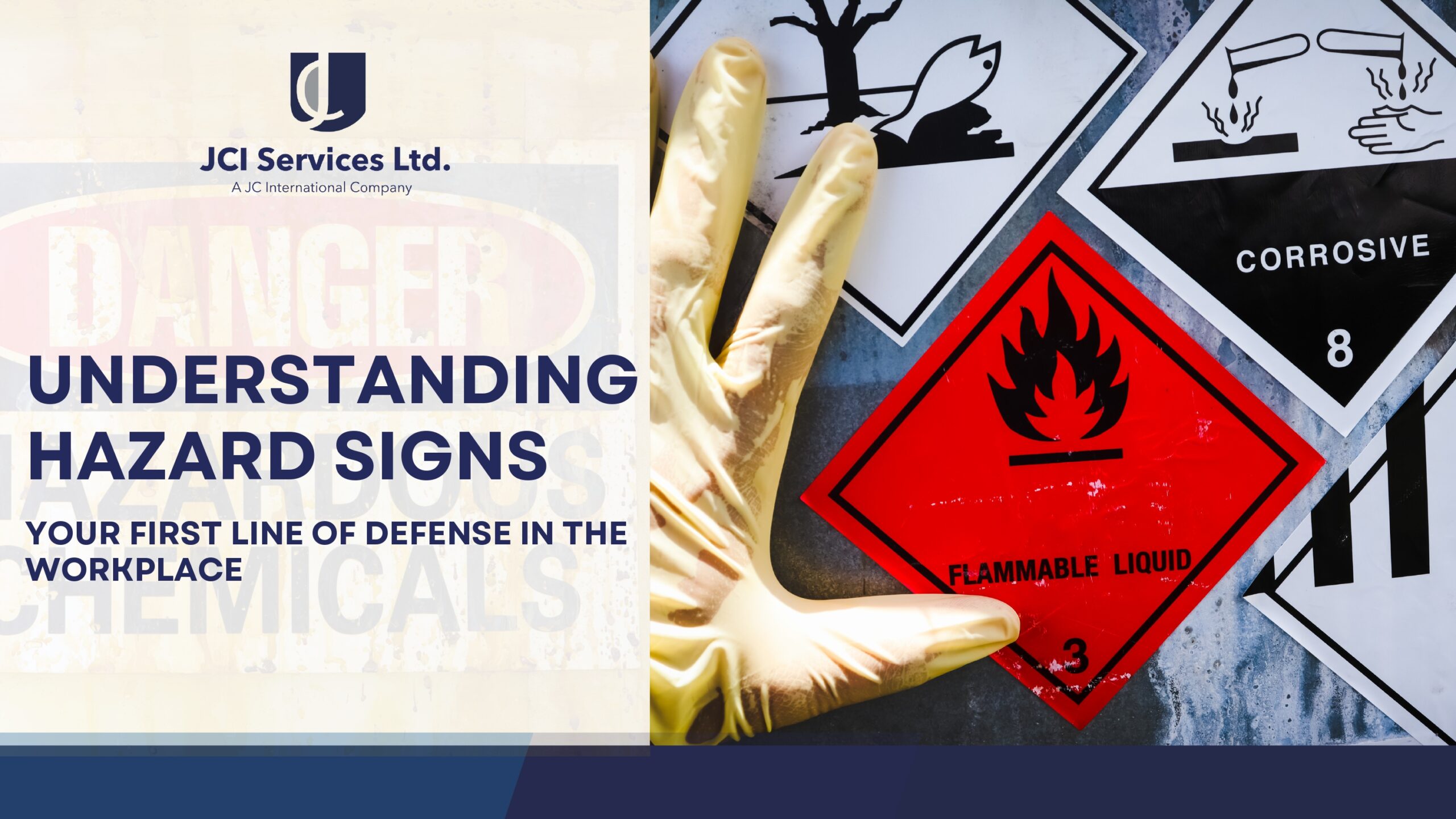Whether you work in an office, construction site, offshore platform, or factory, hazard signs are not just colorful stickers on the wall — they are critical safety tools. Designed to warn, instruct, and protect, these signs can mean the difference between a safe day at work and a life-threatening incident.
In this article, we’ll break down the importance of hazard signs, the different types, and how to respond to each one.
Why Hazard Signs Matter
Hazard signs are part of a universal safety language. No matter your nationality, role, or experience level, understanding these symbols equips you to:
-
Recognize potential dangers,
-
React quickly in emergencies,
-
Protect yourself and your coworkers, and
-
Stay compliant with local and international HSE regulations.
Types of Hazard Signs and Their Meanings
Hazard signs come in different shapes, colors, and symbols, each with a specific message. Here are the most common categories:
1. Warning Signs
Color: Yellow with a black symbol
Shape: Triangle
Purpose: To warn of a potential hazard or risk ahead.
Examples:
-
“High Voltage”
-
“Slippery Floor”
-
“Explosive Materials”
🟡 What to do: Proceed with caution. Follow any additional instructions or protective measures.
2. Prohibition Signs
Color: Red circle with a diagonal line
Shape: Circle
Purpose: To tell you what NOT to do.
Examples:
-
“No Smoking”
-
“Do Not Enter”
-
“No Open Flame”
🔴 What to do: Obey immediately. These signs indicate actions that could cause harm if ignored.
3. Mandatory Signs
Color: Blue with a white symbol
Shape: Circle
Purpose: To tell you what must be done.
Examples:
-
“Wear Safety Helmet”
-
“Hearing Protection Required”
-
“Safety Harness Must Be Worn”
🔵 What to do: These instructions are non-negotiable. Comply fully before entering the area.
4. Emergency Information Signs
Color: Green with a white symbol
Shape: Rectangle or square
Purpose: To show safety equipment or escape routes.
Examples:
-
“First Aid Station”
-
“Emergency Exit”
-
“Safety Shower”
🟢 What to do: Familiarize yourself with these locations during your site induction. In an emergency, time is critical.
5. Fire Safety Signs
Color: Red with white symbol
Shape: Square or rectangle
Purpose: To indicate the location of fire equipment.
Examples:
-
“Fire Extinguisher”
-
“Fire Hose”
-
“Fire Alarm”
🔥 What to do: Know where these items are in case of a fire. Never block access to fire equipment.
🧠 Quick Tips for Staying Safe with Hazard Signs
-
Pay attention: Don’t tune out signs just because you’ve seen them before.
-
Ask questions: If a sign is unclear, ask your supervisor or HSE officer for clarification.
-
Report damaged or missing signs: A faded or missing sign can cost a life.
-
Follow through: If the sign says “Wear Gloves,” don’t assume it’s optional.
Conclusion: Small Signs, Big Impact
Understanding hazard signs is a basic but powerful safety habit. They are silent sentinels — always watching, always warning. Learning what they mean, and acting accordingly, is one of the simplest ways to protect yourself and others.
Remember: A safe worker is an informed worker.

